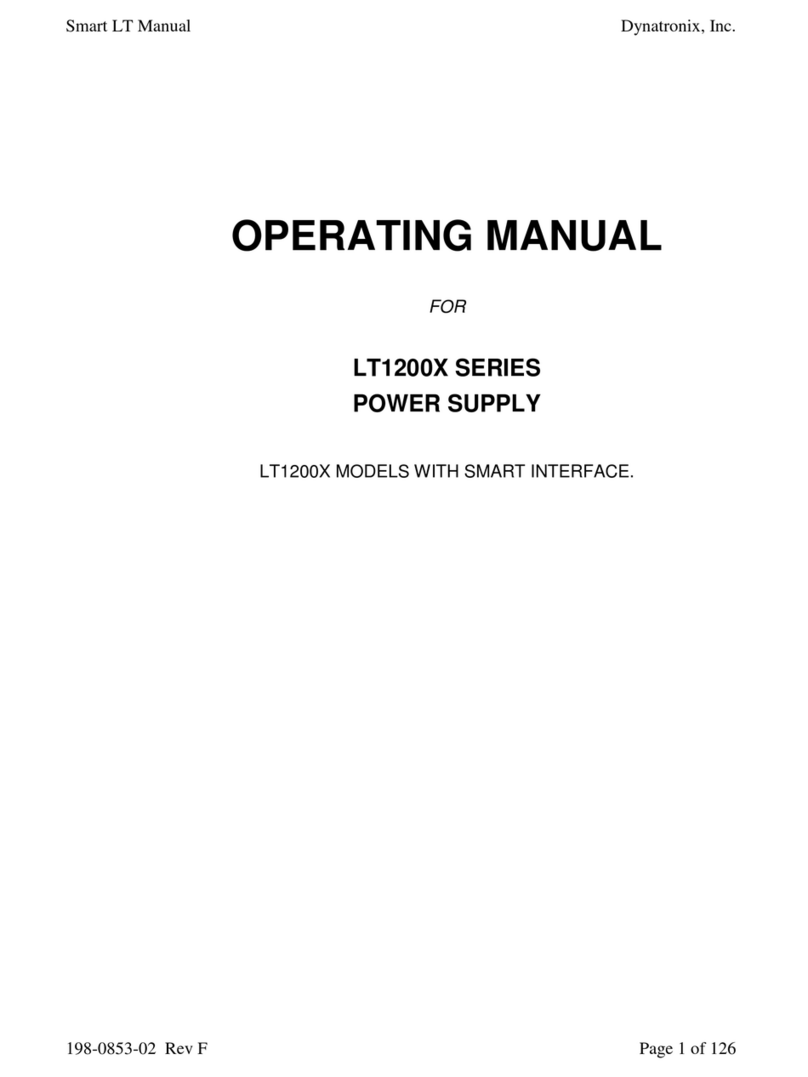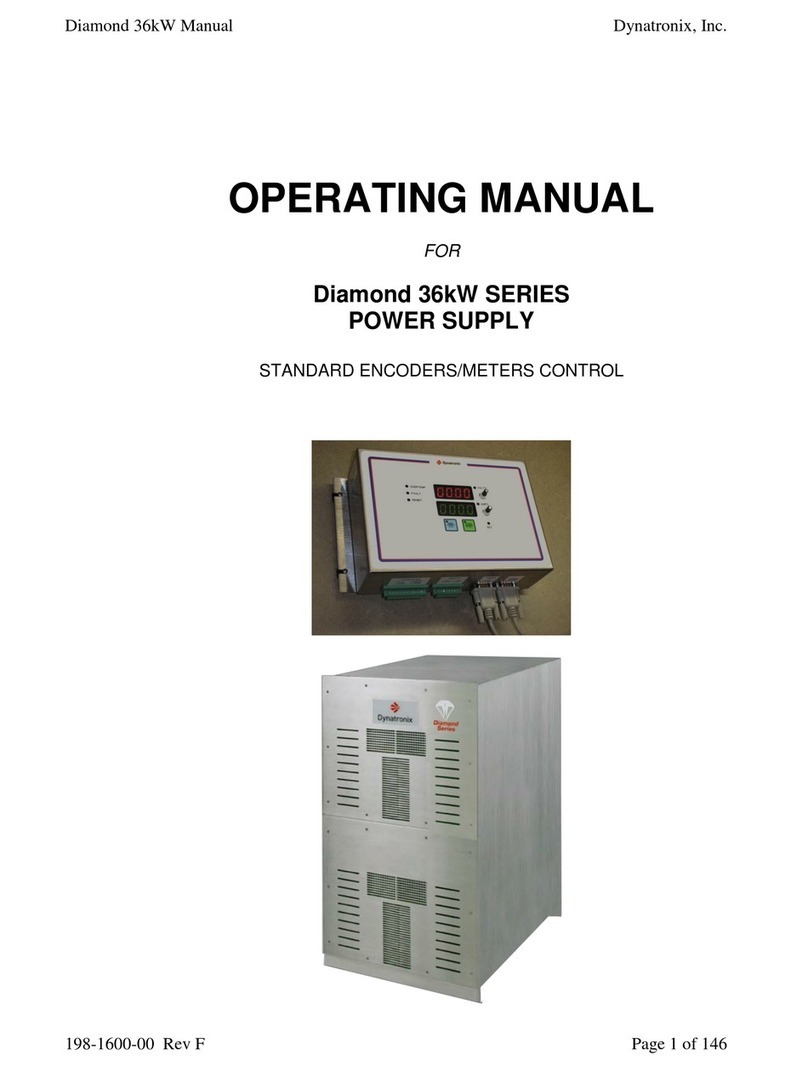
Page 2 of 150 198-1603-03 Rev 01
Table Of Contents
1. INTRODUCTION........................................................................................................................................................................ 5
1.1. TWO YEAR NEW PRODUCT WARRANTY....................................................................................................................... 5
1.2. CONTACT INFORMATION ......................................................................................................................................................... 6
2. SAFETY PRECAUTIONS.......................................................................................................................................................... 7
3. FUNCTIONAL OVERVIEW...................................................................................................................................................... 9
4. PRODUCT SPECIFICATIONS ............................................................................................................................................... 11
5. INSTALLATION INSTRUCTIONS........................................................................................................................................ 14
5.1. POWER INPUT ........................................................................................................................................................................ 14
5.1.1. Input Power Requirements............................................................................................................................................ 14
5.1.2. Input Power Connection ............................................................................................................................................... 14
5.2. MOUNTING ............................................................................................................................................................................ 14
5.3. OUTPUT POWER CONNECTIONS............................................................................................................................................. 15
5.4. DIGITAL I/O........................................................................................................................................................................... 16
5.4.1. DIGITAL INPUTS.................................................................................................................................................................. 17
5.4.1.1. REMOTE OPERATE CONTROL CONNECTIONS................................................................................................................... 17
5.4.1.2. OPTIONAL REMOTE POWER CONTROL INPUT .................................................................................................................. 17
5.4.2. DIGITAL OUTPUTS .............................................................................................................................................................. 18
5.4.2.1. END OF CYCLE STATUS CONNECTIONS ........................................................................................................................... 18
5.4.2.2. ALARM/FAULT STATUS CONNECTIONS ........................................................................................................................... 18
5.4.2.3. OPERATE STATUS CONNECTIONS .................................................................................................................................... 18
5.5. SERIAL HOST PORT CONNECTIONS........................................................................................................................................ 19
5.6. ANALOG CARD CONNECTIONS (OPTIONAL 138-0471-XX CARD) ......................................................................................... 20
6. OPERATING PROCEDURES ................................................................................................................................................. 24
6.1. FRONT PANEL CONTROLS...................................................................................................................................................... 24
6.1.1. Meters ........................................................................................................................................................................... 24
6.1.2. Encoder Functionality .................................................................................................................................................. 25
6.1.3. Voltage Indicator.......................................................................................................................................................... 25
6.1.4. Current (Amps) Indicator ............................................................................................................................................. 25
6.1.5. Operate / Standby Switch.............................................................................................................................................. 25
6.1.6. Remote / Local Switch................................................................................................................................................... 26
6.1.7. Inhibit Lamp.................................................................................................................................................................. 26
6.1.8. Fault Lamp.................................................................................................................................................................... 26
6.1.9. Over Temperature Lamp............................................................................................................................................... 27
6.2. MENU OVERVIEW.................................................................................................................................................................. 28
6.2.1. Menu Organization....................................................................................................................................................... 28
6.2.2. Menu Access ................................................................................................................................................................. 31
6.2.3. Menu Navigation........................................................................................................................................................... 31
6.3. UNIT CONFIGURATION........................................................................................................................................................... 32
6.3.1. Totalizer Configuration ................................................................................................................................................ 32
6.3.2. Host Port Configuration ............................................................................................................................................... 34
6.3.3. Remote Control Configuration...................................................................................................................................... 35
6.3.4. Power On Configuration............................................................................................................................................... 37
6.3.5. Power Fail Alarm Configuration.................................................................................................................................. 38
6.3.6. Remote Operate/Standby Control (Digital Input)......................................................................................................... 39
6.3.7. Front Panel Button Lock Outs ...................................................................................................................................... 41
6.3.8. Hardware Options Configuration................................................................................................................................. 42
6.3.9. Changing the Unit Configuration Password................................................................................................................. 42
6.3.10. Setting Unit Defaults................................................................................................................................................... 43
6.3.11. Calibration.................................................................................................................................................................. 44
6.4. PROCESS SETUP..................................................................................................................................................................... 45
6.4.1. Manual Cycle Control................................................................................................................................................... 45
6.4.2. Timed Cycle Control (RTC or ATC) ............................................................................................................................. 45
6.4.3. DC Output..................................................................................................................................................................... 48
6.4.4. Pulsed Output ............................................................................................................................................................... 48





























